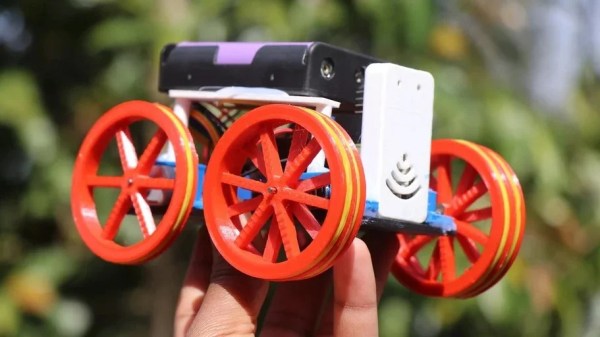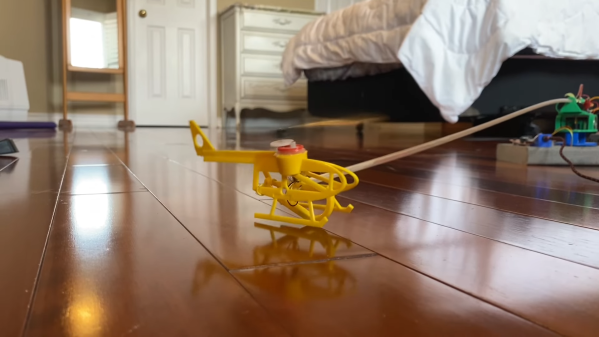When we think of swimming pools, we typically think of large fiberglass, plastic, or concrete constructions full of pristine, clear water. They’re usually maintained in this state with the regular addition of chlorine or other chemical. These kill biological stuff and help filter out dirt and other detritus. However, [David] likes to do things differently, as he demonstrates with a tiny plunge pool built inside his greenhouse.
The basic construction starts with digging a hole and building up a wall with concrete and bricks. There’s nothing particularly controversial there. It’s roughly 2 meters by 3 meters by 0.8 meters deep. To help the pool maintain heat, there’s a layer of foam insulation in the bottom, while the water is held inside a black liner.
Rather than traditional chemical methods, however, [David] relies on organic methods to maintain the pool. He explains how he uses an aquarium pump to create a “bubble filtered” pool that draws water through a gravel bed to maintain it and keep it clear. It’s a very natural setup, with multiple plants in the water to make it as organic as can be. It’s the kind of thing you’d expect to see at a luxury island resort, but [David’s] got one right in his very own greenhouse. [David] explains the organic filtering concept in greater detail on his website.
We’ve featured some pool hacks before, too, though more traditional ones than this. Video after the break.
Continue reading “Building A Tiny Organic Swimming Pool With Natural Filtering”

















